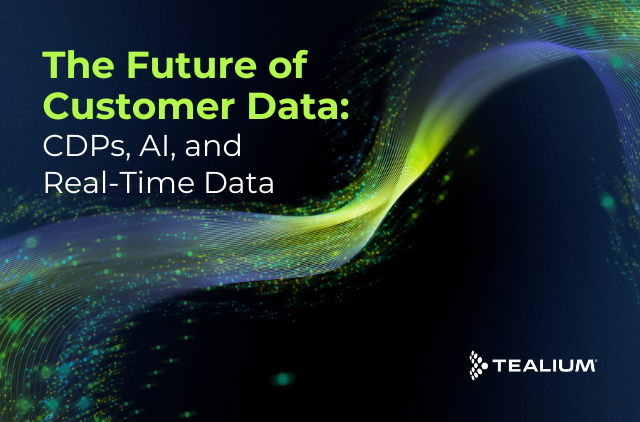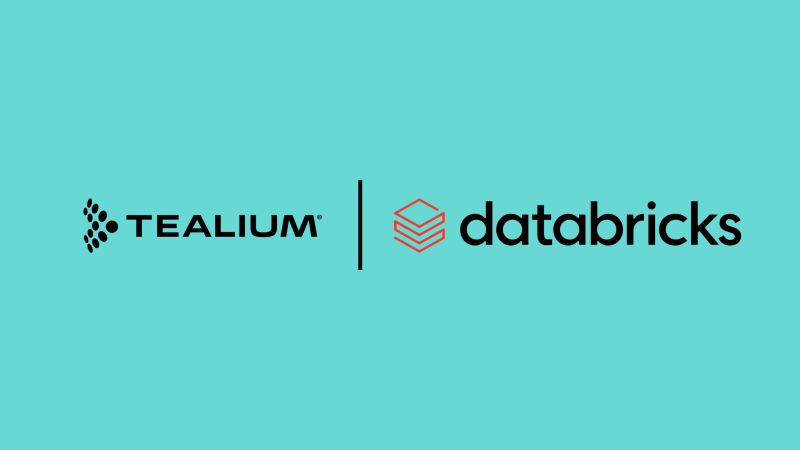Why a Neutral, First-Party Data Centric Approach to Customer Experience is Your Best Option Now and Into the Future.
Data has been the predominant resource to tap in driving better customer experiences for quite some time. It’s not a controversial statement, just a reality when you think of it in appropriately broad terms. Data represents so much… It’s how business is transacted, how orders are fulfilled, it’s how companies understand customers’ wants and needs, and how customers understand products. It’s the foundation on which customer experiences are built, and so much more.
For years though, this precious asset has been managed in silos, as an afterthought in service of some end goal— not with intention for it in and of itself. “Just collect everything and we’ll worry about it later” or “buy the segment from our DMP when we’re pacing below goal” have been common attitudes, but similarly express an abdication of responsibility for what could be a transformational asset.
If the torrent of interest in the CDP space is any indication, this market wrong is on a dramatic path to be righted. It’s become obvious that organizations need more and better customer data in order to compete today.
Organizations largely differentiate these days on what data they have available to drive the best possible customer experience:
- Can you pull in inventory data so you don’t try to sell something that’s out of stock?
- Can you tell current products owned so you don’t promote something needlessly?
- How about appointment or customer support data to inform context?
- Or call center history?
- Organizationally, do you have a plan for how to access these data points in real-time and across any channel?
Historically these are all siloed systems that can’t be leveraged together, or very quickly. However even with this recognition and an appetite to unlock data, it’s critical to consider the tenants of your approach or else you might find yourself in exactly this same predicament in just a few years due to technology, privacy, regulatory or many other changes that might come to pass.
With that in mind, here are 4 critical considerations to ensure you make the right decisions to master the use of your customer data for better customer experience:
1. Are you building something unique to your organization or just unique to the vendor?
- How you understand your customer should be in your language first, not a vendor’s. This means you need a system built with that approach. Your differentiation in the market depends on it. The more you are building to someone else’s spec, the more generic the customer experiences that you build and the more prone you are to disruption from 3rd party vendor changes (not to mention all the work you need to do to make it happen). Don’t jump through hoops to fit some vendor’s schema, make them jump through hoops to meet yours.
- Also, make sure you have flexibility to define the customer insights you want to define and aren’t stuck with some predefined list of attributes determined by a vendor. As you accumulate more data sources and destinations (which don’t natively speak the same language) this can become cripplingly difficult if you don’t plan ahead for this complexity. Limitations like this at the foundational level have exponential impacts downstream, and over time.
2. Are you managing your data with the channel in mind? Or to produce the best possible data?
- If you only engaged a customer through your email tool, you might think the only piece of important identity data was a person’s email address. You might think the only important engagement metrics were open rate, clickthroughs, and conversions. Unfortunately the digital world is not so simple. You cannot rely on any single identifier for a rich customer experience. You cannot rely on any single data point. The more you manage your data based on a worldview that is too simplistic, the more headaches you’re going to have down the road as you try to keep up with the competition.
- To maintain maximum flexibility over time, it is critical that your view of the customer is not managed in service of a particular execution. By decoupling execution from your customer view (in a way where the view is still accessible for execution), you decrease the risk of disruption from 3rd party activities, and increase your agility to optimize your toolset over time (no matter what the reason is that you need to change). If your view of the customer lives within the same system that you are using for engagement, this is a pretty strong clue that compromises are being made.
3. Are you building out your foundation with flexibility at the core? Or specialty executions at the core?
- As much as it might seem like the latest technology is the way forward forever, that is literally never the case. 3rd party cookies are a fantastic example, even though no one ever thought they were a good solution in the first place. The FTC warned about their privacy risks literally 2 years after they were introduced and it took more than 20 years after that for the house of cards to come crumbling down. We’ve seen enough of technology trends to make the wise decisions necessary for this not to happen again.
- One example of this currently playing out is with probabilistic identity solutions, or any solution that places heavy processing of sensitive customer data (for example, many analytics solutions) in a hub position. Probabilistic identity, similar to 3rd party cookies, comes with a whole host of privacy questions. It’s not even clear that those practices are legal in places like Europe with GDPR. So should that be the foundational technology at the heart of your customer experience? It doesn’t mean you shouldn’t use that technology, it’s just a matter of how and where it sits.
4. Are you managing your data investments with business value in mind?
- Last, but certainly not least, are the practices surrounding your use of data for customer experience. How do you measure success? What goals are you supporting with data and analytics capabilities? When talking about technological capabilities, these aren’t simple questions to answer. To accurately measure the impact of something simple like sending an email, you really need to have a purview over many potential data sources like the website, mobile app, call center, etc. And as these data points increase, what credit do you give each one versus your initial capability to send the email?
- To address the challenge, it’s important to get a little help from your friends. Choose partners who focus on business value and who are not only up for the challenge, but have the expertise to actually help. Go into customer data initiatives knowing that CX matters. Solving customer data challenges in healthcare can be a benefit to retailers because healthcare companies are used to solving extreme regulatory challenges. And vice versa, healthcare companies can benefit from the experience of retailers due to the extreme customer expectations that retailers routinely need to accommodate.
Of course there are many other questions to consider that will be more technical and specific to your needs as a business. However, these four questions are far more important to consider when defining your customer experience than just going off some checklist of features you might think you need today. Taking the time to consider your overarching approach and philosophy for unlocking the transformational power of customer data will not only help you succeed today, but years into the future, as well.
To learn more about developing a winning data strategy to improve customer experience through the help of CDPs, check out our Definitive Guide to CDPs here.







